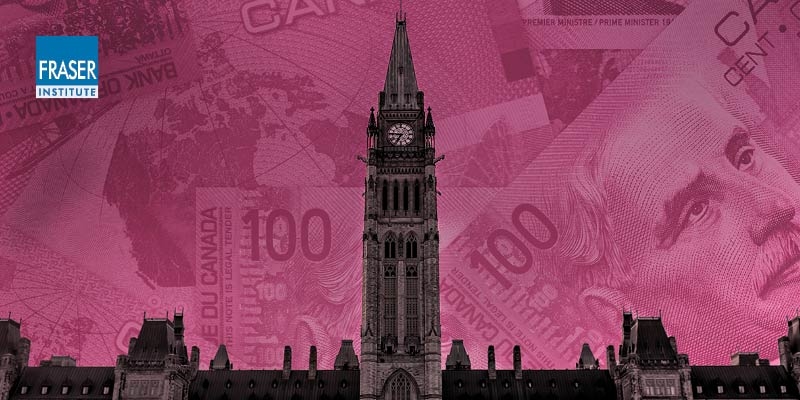Repeating the Past: Provinces Accept Federal Money at their Peril
— Publié le 6, June, 2023

Summary
- The current federal government has committed to significant new spending in areas of provincial jurisdiction, including national pharmacare, dental care, and child care programs—even beyond its current tenure to 2025. However, the money promised is not guaranteed, and the federal government may reduce or eliminate funding in the future, leaving an unexpected and potentially large financial burden on the provinces and territories.
- Federal governments have made major changes to transfer programs in the past; for example, in 1996/97, when the CAP and EPF was replaced with the Canada Health and Social Transfer (CHST), reducing nominal federal health and social cash transfers to the provinces and territories by $6 billion (or 32.4 percent) over two fiscal years.
- If one compares actual federal health and social cash transfers with what they would have been had EPF and the CAP continued, the financial impact to the provinces was even larger. Over three years (1996/97 to 1998/99), there was a total cumulative shortfall of $41.0 billion, or 51 percent.
- The Financial Accountability Officer (FAO) of Ontario assessed a main program introduced by the Trudeau government—the Canada-Wide Early Learning and Child Care Transfer—for which it has committed $43.1 billion to support the provinces and territories in delivering $10 a day child care from 2021/22 to 2027/28.
- Based on the analysis by the FAO, the current funding shortfall for the Early Learning and Child Care Transfer for all the provinces could be $3.3 billion in 2026/27. To maintain the program, the provinces would need to increase their collective funding by an estimated average of $161 million annually from 2022/23 through 2025/26 to $3.7 billion in 2026/27, equivalent to increasing their annual share of funding from 2.6 percent to 31.6 percent.



